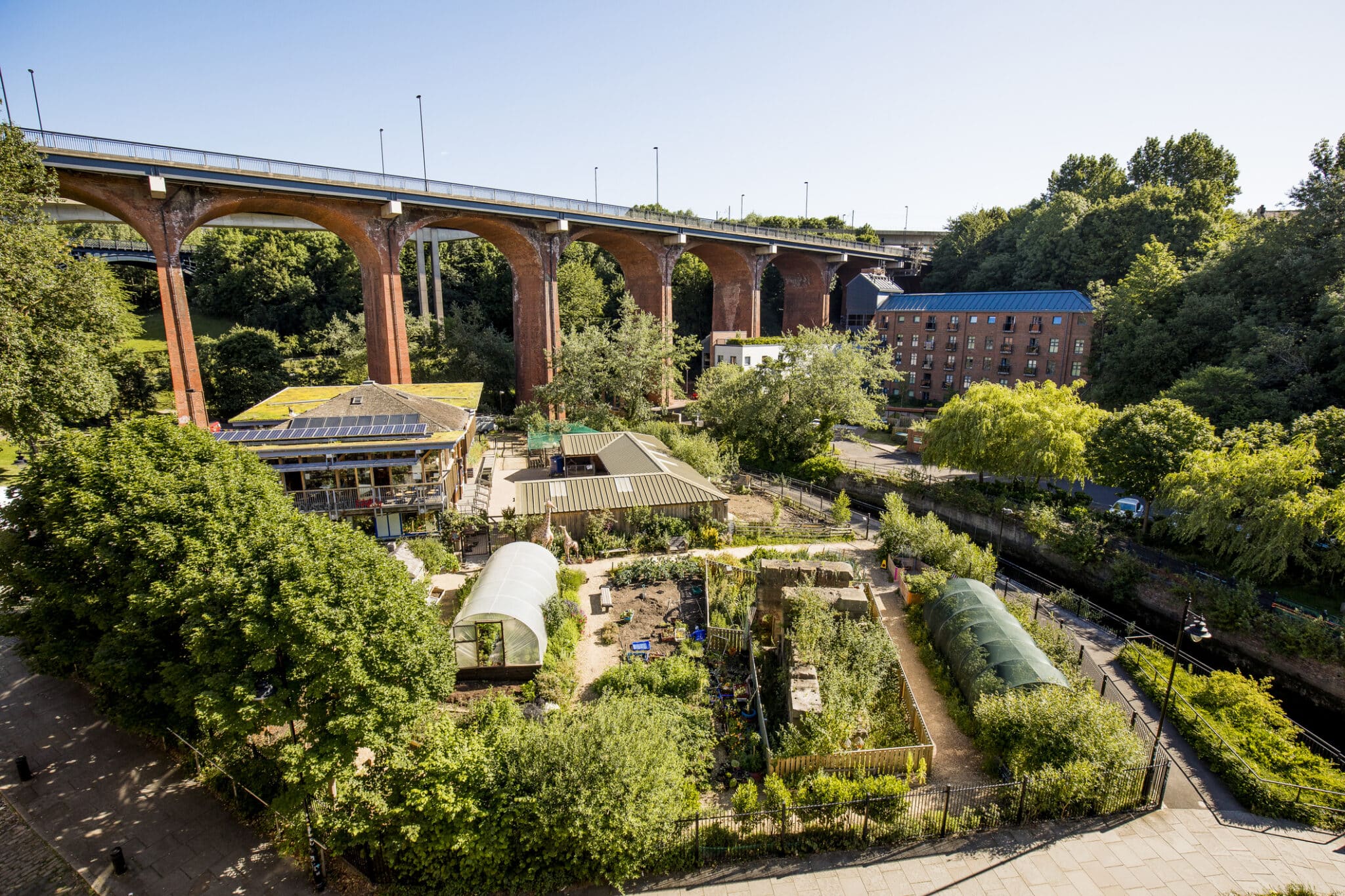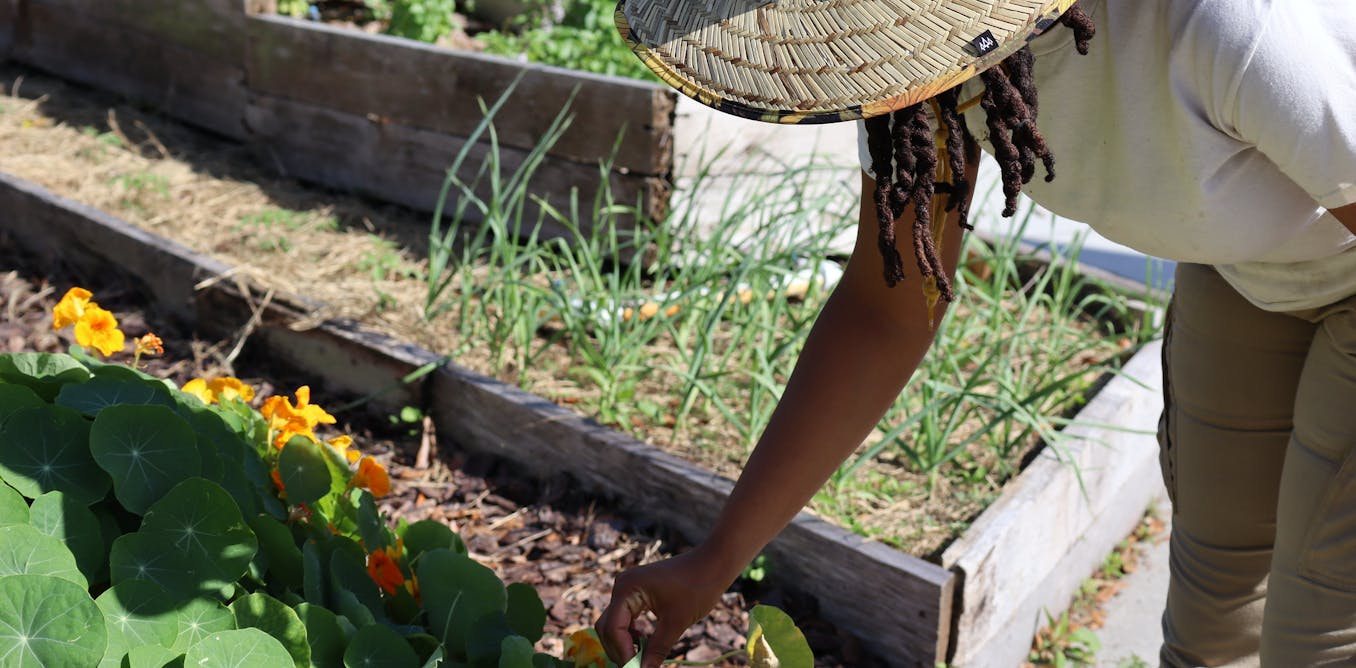The 7-Minute Rule for City Blooming
The 7-Minute Rule for City Blooming
Blog Article
5 Easy Facts About City Blooming Explained
Table of ContentsExamine This Report on City BloomingMore About City BloomingTop Guidelines Of City BloomingSee This Report about City BloomingRumored Buzz on City Blooming
Intrigued in expanding food to buy in the City of Chicago? Thinking about starting an area yard? Changes to the Chicago Zoning Ordinance permit agricultural usages like community yards and city ranches in many parts of the city. Below is a list of frequently asked questions pertaining to the regulations and regulations that farmers ought to think about when planning an urban farming task.
The zoning amendment does not modify any kind of other codes handling composting, building authorizations, buying or renting City owned residential property, business licenses or environmental contamination. There are existing codes that manage these issues and they stay in complete effect and may apply to your project. Neighborhood gardens are commonly owned or handled by public entities, public companies or community-based organizations and preserved by volunteers.
Urban ranches expand food that is intended to be sold, either on a nonprofit or for-profit basis. Due to their industrial function, city ranches call for a business license.
Excitement About City Blooming
Composting is permitted however only for plant material that is created and made use of on site. The amount of compost product can not exceed 25 cubic lawns at any provided time according to the standards in 7-28-715 of the City's Municipal Code. Yes. Since the dirt at most brand-new garden sites needs changing, garden compost, dirt, wood chips, or various other products can be acquired to build or boost the growing space - home and garden.

If a building permit is required after that the hoophouse will certainly be considered an accessory structure. You can figure out even more about the structure license requirements by contacting the Division of Buildings. The 25,000-square-foot size restriction is planned to stop a single area yard from controling a provided block or interfering with the block's existing residential or industrial personality.
The restriction does not relate to yards found in Public Open Space (POS) districts. Can there be even more than one neighborhood yard that is 25,000 square feet on a single block? Yes. The dimension limit applies to specific gardens, not to specific blocks. No. Fence is not required, nonetheless, gardens that have large parking lot might be needed to set up secure fencing or other landscape design features.
3 Easy Facts About City Blooming Described
B1 & B2 districts call for that all industrial usage tasks be conducted inside your home. R areas limit business activity. The policies reflect the purpose and intent of the Zoning Code. Is fencing needed for metropolitan ranches? Yes. Fencings may be needed, along with landscape design and testing, for sure parking lot and outside work or storage areas depending on area and the specific task occurring.
Urban farms need building authorizations and zoning approvals prior to construction (home and garden). Other types of city review may be needed depending on details frameworks, activities, dimension, landscaping, licensing, public health and stormwater administration issues.
The Department of Company Matters and Customer Security can help establish the particular kind of organization license that's needed. Off road car parking is required for a lot of industrial projects in Chicago. The required number of vehicle parking spaces is based on the number of learn this here now employees functioning on website and not the square video of the growing space.
The 6-Minute Rule for City Blooming

Yes. An urban farm can market garden compost material generated on site, nonetheless, the procedure needs to abide by the regulations in 7-28-715 of the Chicago Municipal Code. Yes. Aquaponic systems are permitted indoors on city farms in many zoning districts. However, a zoning evaluation and structure license is required in order to install structures or systems and a service certificate is needed as defined over.
As much as five hives or swarms of honey might be kept as an accessory use. Beekeepers have to register with the Illinois Division of Agriculture. For more details regarding the recommended zoning change you might speak to the Department of Real Estate and Economic Development, Bureau of Planning and Zoning at 312.744.8563.
, which takes location in rural areas at the edge of suburban areas.
Top Guidelines Of City Blooming
It can involve a motion of organic cultivators, "foodies" and "locavores", that look for to develop social media networks founded on a common ethos of nature and community holism. These networks can create by means of formal institutional assistance, ending up being incorporated right into local town as a "transition town" motion for sustainable city development.
In either situation, the more direct access to fresh veggie, fruit, and meat products that may be become aware via metropolitan farming can improve food security and food safety and security while reducing food miles, causing reduced greenhouse gas emissions, thus adding to environment change mitigation. A few of the first proof of urban agriculture originates from Mesopotamia.
Report this page